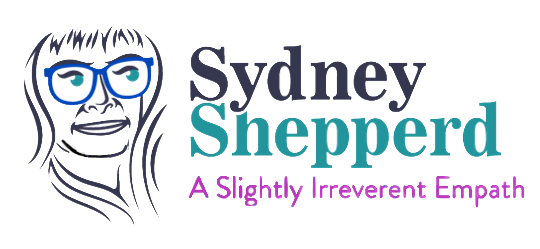Calm Breathing
Anxiety is one of the most frequent reasons clients come to me. These breathing patterns are a great “first aid” in the meantime.
4-7-8 Breathing
The 4-7-8 breathing technique involves breathing in for 4 seconds, holding the breath for 7 seconds, and exhaling for 8 seconds. This breathing pattern aims to reduce anxiety or help people get to sleep. The 4-7-8 breathing technique is a form of pranayama, which is the practice of breath regulation.
Alternate-Nostril Breathing
Alternate-nostril breathing (nadi shodhana) involves blocking off one nostril at a time as you breathe through the other, alternating between nostrils in a regular pattern.2 It's best to practice this type of anxiety-relieving breathing in a seated position to maintain your posture. Here's how it's done:
Position your right hand by bending your pointer and middle fingers into your palm, leaving your thumb, ring finger, and pinky extended. This is known as Vishnu mudra in yoga.
Close your eyes or softly gaze downward.
Inhale and exhale to begin.
Close off your right nostril with your thumb.
Inhale through your left nostril.
Close off your left nostril with your ring finger.
Open and exhale through your right nostril.
Inhale through your right nostril.
Close off your right nostril with your thumb.
Open and exhale through your left nostril.
Inhale through your left nostril.
Work up to 10 rounds of this breathing pattern. If you start to feel lightheaded, take a break by releasing both nostrils and breathing normally.
Belly Breathing
According to The American Institute of Stress, 20 to 30 minutes of "belly breathing," also known as abdominal breathing or diaphragmatic breathing, each day can reduce stress and anxiety.3
Find a comfortable, quiet place to sit or lie down. For example, try sitting in a chair, sitting cross-legged, or lying on your back with a small pillow under your head and another under your knees.
Place one hand on your upper chest and the other hand on your belly, below the ribcage.
Allow your belly to relax without forcing it inward by squeezing or clenching your muscles.
Breathe in slowly through your nose. The air should move into your nose and downward so that you feel your stomach rise with your other hand and fall inward (toward your spine).
Exhale slowly through slightly pursed lips. Take note of the hand on your chest, which should remain relatively still.
Although the sequence frequency will vary according to your health, most people begin by doing the exercise three times and working up to five to 10 minutes, one to four times a day.
Pursed-Lip Breathing or Straw Breathing
Pursed-lip breathing is a simple breathing technique that will help make deep breaths slower and more intentional. Sit in a comfortable position with your neck and shoulders relaxed.
Keeping your mouth closed, inhale slowly through your nostrils for two seconds.
Exhale through your mouth for four seconds, puckering your lips as if giving a kiss or using a straw.
Keep your breath slow and steady while breathing out.
To get the correct breathing pattern, experts recommend practicing pursed-lip breathing four to five times a day.
My perspective
Using the breath to find calmness is easy, readily accessible, and works! The Vagal nerves are cranial brain nerves that connect the brain, heart, and the digestive system. The right Vagal nerve controls the body’s sympathetic system—sometimes called the “flight, fight, freeze” response center. The left Vagal nerve controls the parasympathetic system or the “rest and digest“ function. These are autonomic responses, meaning that you can’t consciously control them. However, you can influence whether you are in the sympathetic or parasympathetic system. These breathing patterns are a great way to do that. And as I said above, anxiety is the most frequent complaint I hear from clients.
